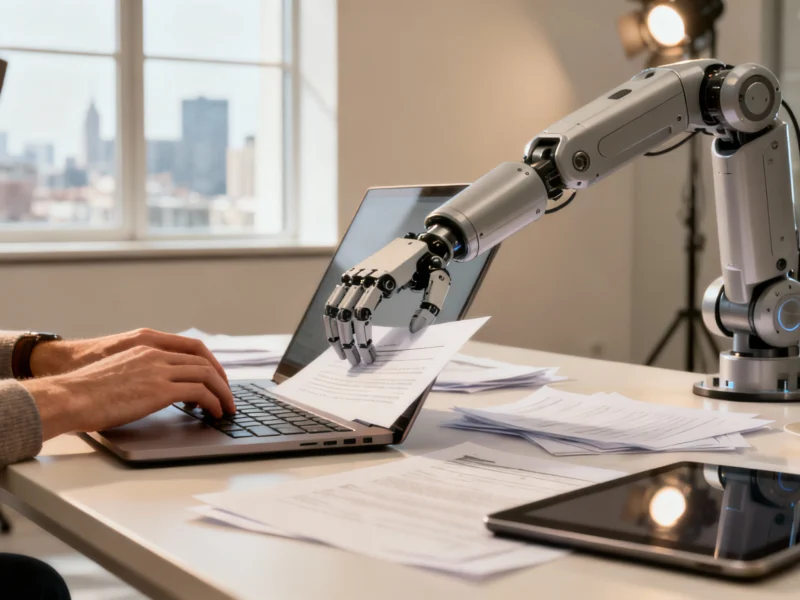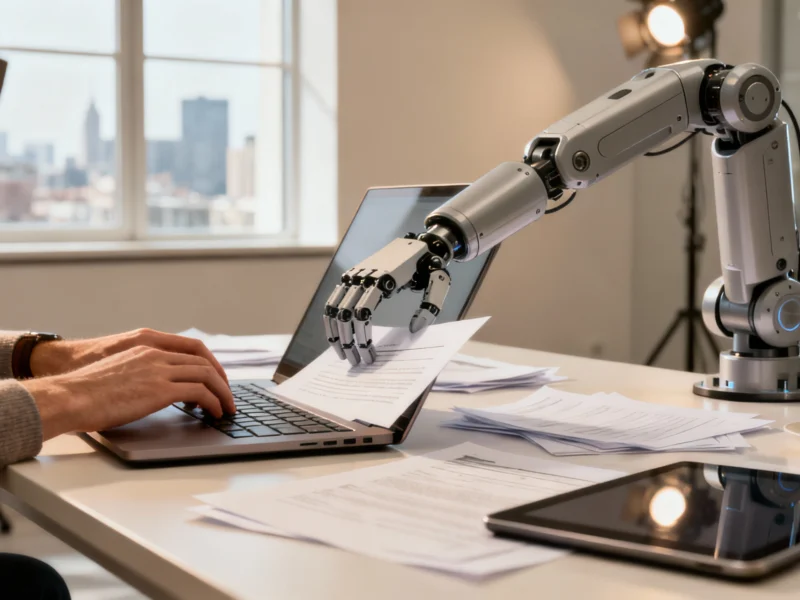AI’s Real Impact on Employment
While artificial intelligence is automating substantial portions of American jobs, new research suggests widespread job displacement predictions may be exaggerated. According to a comprehensive survey of 20,000 US workers by the Society for Human Resource Management, although 15.1% of jobs have at least half their tasks automated, only about 6% face genuine displacement risk due to various protective factors.
The Automation Versus Displacement Distinction
The study reveals a critical difference between task automation and actual job elimination. Researchers found that 23.2 million US jobs have at least 50% of their tasks automated, with 12 million jobs experiencing similar levels of generative AI integration. Yet only 9.2 million positions face real vulnerability to displacement, creating a significant gap between automation potential and actual job loss.
This reality stands in stark contrast to some industry predictions that suggested AI could eliminate half of entry-level white-collar jobs and potentially push unemployment rates as high as 20%. Instead of massive job destruction, the data points toward a more gradual workplace transformation that balances technological advancement with employment stability.
As noted in the original research, “It is a phenomenal technology that will certainly change the way we all view work, but it may not result in the types of job displacement that some are suggesting,” said James Atkinson, SHRM’s vice president of thought leadership. The findings challenge common perceptions about AI’s employment impact.
Why Many Jobs Remain Protected
Client preferences represent the most significant barrier to full automation, according to the analysis. Commercial aviation serves as a prime example: while computers technically can fly planes, passengers overwhelmingly prefer human pilots in the cockpit. This human preference creates a substantial buffer against complete automation even in technically feasible scenarios.
Legal and regulatory requirements form another crucial barrier. Union contracts, licensing requirements, and industry regulations currently prevent AI from assuming many roles despite technological capability. Cost-effectiveness considerations create additional hurdles, as automation that makes financial sense for large corporations may be impractical for smaller businesses needing human workers.
The study defines these “nontechnical barriers” as factors preventing AI implementation despite technological readiness. These real-world constraints explain why automation percentages don’t directly translate to job loss predictions, creating a more nuanced employment landscape than often portrayed in media coverage.
Which Jobs Face Highest and Lowest Risks
Computer and mathematical occupations face the highest displacement risk, with 12.8% of these jobs having at least half their tasks automated without clear nontechnical barriers. Architecture, engineering, and management positions show similar vulnerability patterns. Production jobs experience substantial automation but often through traditional technologies rather than generative AI.
Healthcare emerges as particularly resilient against automation. Only 3% of healthcare practitioner jobs face high automation with minimal barriers. Personal care and social services roles show similar protection due to their reliance on human interaction and emotional intelligence.
“The healthcare industry is one of the only industries that continues to see job gains month after month,” Atkinson noted. “It is an industry that is growing, it will continue to grow as our demographics grow older, and it also is the type of occupation that tends to be the least at risk for displacement.” This trend suggests that human-centered professions will maintain their importance in the evolving workforce.



